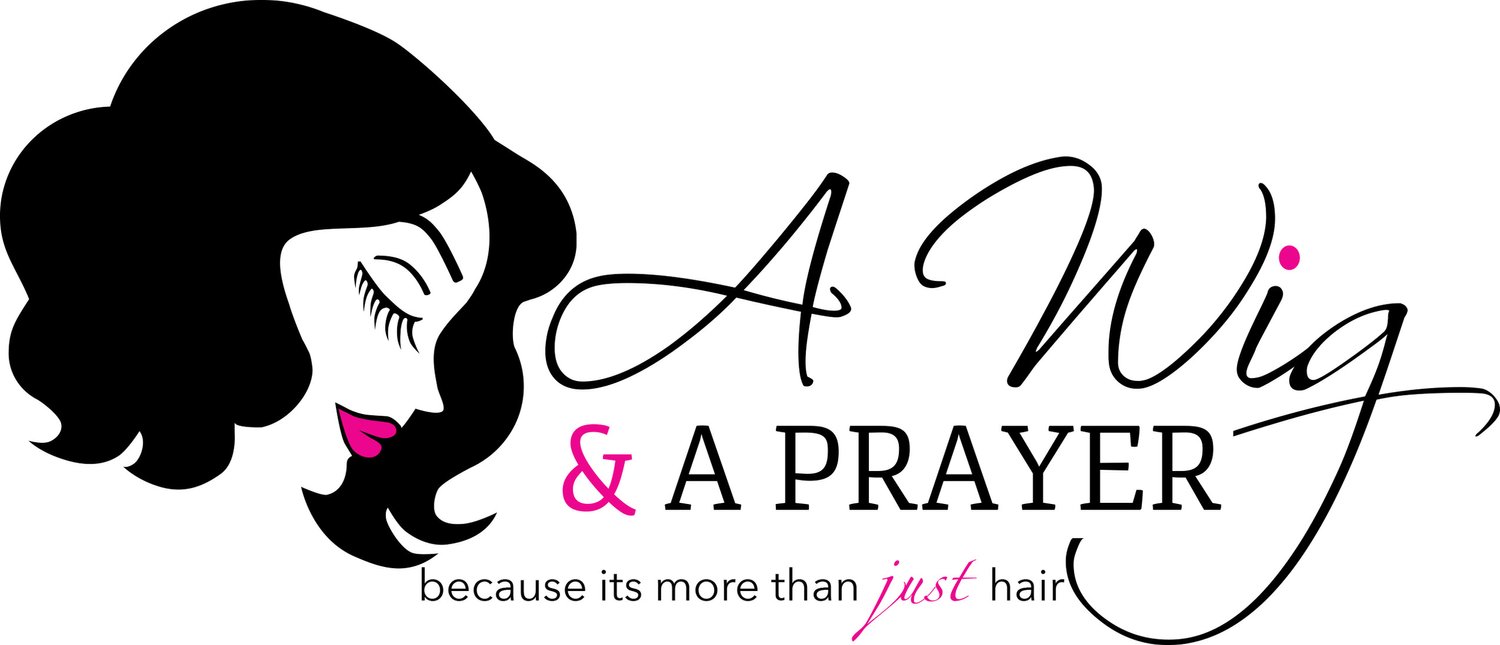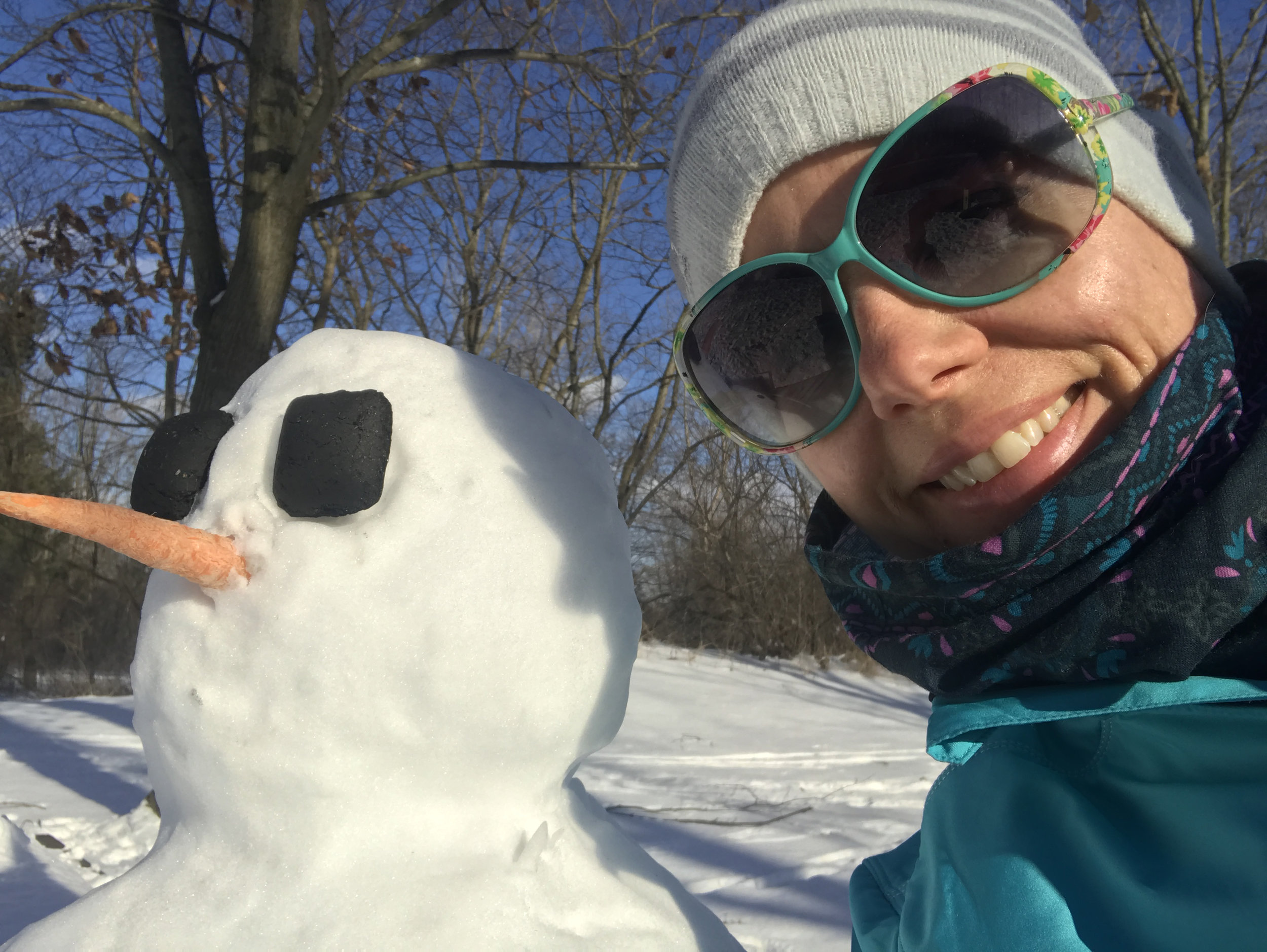Fall and winter bring on new challenges with what to do with your (lack of) hair. Hair loss and wearing a wig doesn't need to be challenging, even with Michigan’s cold climate. It’s cold, and yet your wig is still itchy, and you still have to go indoors at some point – here are some hair or hat (or both!) options that you can use to look great without hair in the winter.
It’s socially acceptable to wear hats most of the year, but most common in the colder months! Even those with hair are wearing hats indoors, especially casually.
Wear your wig under a hat:
This one can be tricky, depending on your wig’s style. Your wig may still feel itchy, and although it’s not hot, it’s not warm either! This can be frustrating to find that even in winter, a wig isn’t warm enough to be without a hat. Fall and spring seem to be the time when wearing a wig is most comfortable due to outdoor temperatures being mild but not too hot or cold. If you do wear your wig under a hat, consider that all wigs, even human hair ones (but especially synthetic) can leave your hair with static. A trick is to carry a small bottle of hair gel or hair conditioner, squirt a tiny amount into your hand, rub your hands together and smooth them over your wig when you get indoors.
Wear a hood or hooded scarf over your wig:
A hood is probably the best option for wig-wearers and a great option for when going between car and office, or car and store, a hood is not as tight, can be thrown back once inside and tends not to mess up your hair. If your coat doesn’t have a hood, consider a hooded scarf – a scarf with an attached hood. These are popular accessories in the winter, and can also be easily made in fleece fabric or knitted (by loving friends and family as gifts for you!) The only slightly distracting thing might be the rubbing of your hair under certain hoods can be noisy as the wig rubs on the inner part of the hood. (No kidding!) Hooded fabric or knit scarves don’t have as much noise inside as nylon/quilted ones attached to coats.
Wear a hat with attached hair:
Your wig salon can help you source extensions that attach hair with Velcro to a hat. This means, with a change of several (soft, warm) hats, you can have a cute wardrobe of outdoor hats to wear while running errands, snowshoeing, sledding, or hanging out with friends outdoors. If you’re attending a winter bonfire, just stay back from the heat of the fire with synthetic wigs, especially. You can sit by the fire if it’s burned down a bit and not throwing off high heat. In addition, it’s not at all unusual to leave your hat on inside especially in casual restaurants and pubs during the winter months. Attached hair is an extension with hair sewn to a fabric panel with velcro. The corresponding side of velcro is on the inside of the hat's cuff or brim. Several styles of extension can be attached to hats or one extension swapped between several styles of hats. Old wigs are good for this - the wig's cap can be cut for this. If you've been wearing wigs for a while (such as for alopecia), you may have older wigs you wish to repurpose into hat-wigs.
Wearing wigs for snow sports:
Wearing both a merino wool hat and a Buff prepares you for both the outdoor activities (snowshoeing, cross country skiing, winter hikes with your pooch or significant other), but the indoor ones as well. Simply leave your hat on over your (bald) head, or swap it for the Buff when you get indoors. This guy on the left doesn't mind being bald at all, but he's unusual. Photo by A Wig and a Prayer client Ann.
If you’re participating in alpine snowsports such as snowboarding or alpine skiing, you can wear a beanie or lighter weight hat under your snowsports helmet, with attached hair (see above.) Or you can wear a Buff or beanie under your helmet and not wear hair at all. If you wear a buff, duck into the restroom or locker room, put your buff on like a hood, with the tube down over your neck for neck and face protection, and pull the top up over your head like a hood. The Buff will cover your entire head, neck and even face and nose under your snow sports helmet. When you get back inside, head back into the restroom or locker room and pull your buff up over your head and scrunch it and tuck it like a hat to wear inside. It won’t be too hot, and a hat worn indoors at a ski lodge is not only common, but accepted!
For outdoor endurance sports like snowshoeing or cross country skiing, you might want to dispense with attached hair altogether and wear a beanie (in a warm merino wool) alone. The beanie style hats are comfortable, snug fitting and wicking. When you come in, either swap for a Buff or keep your merino hat on. Again, as for alpine lodges, XC ski bonfire warming areas, you'll be just like other skiers, all wearing hats.
Whatever you choose for your hair-wearing options, fall and winter are wonderful times to take in nature’s beauty outdoors in Michigan, cozy up with a cup of hot cocoa afterward.

